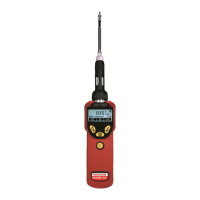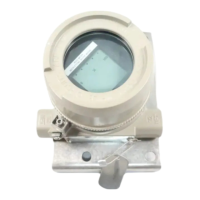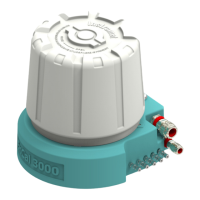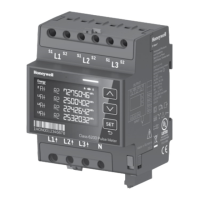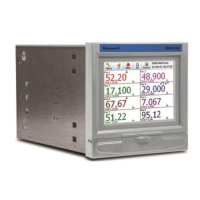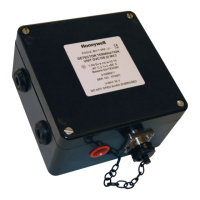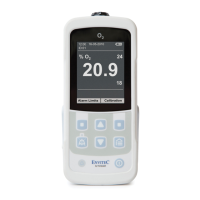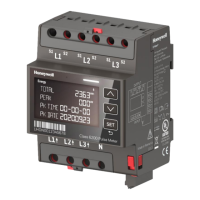1/98 MagneW 3000
PLUS
Specification and Application Guide 15
Table 5—Summary of Installation Considerations, continued
Factor Consideration
Fluid to be measured The fluids to be measured must fall within MagneW 3000
PLUS
specifications for:
• electrical conductivity—3µS/cm or greater
• temperature
• pressure
-40 0 +50 +100 +160+120
+2937
+1958
+979
-97
+426
+284
+142
-14
-40 +32 +122 +212 +320+248
Temperature (Degrees)
°C
°F
kPapsig This area (120 to 160°C/
248 to 320°F) applies to
remote detectors only with
PFA liner and detector
size 15 to 200 mm (0.6 to
7.9 inches)
Pressure
Polyurethane
Rubber
Teflon PFA
Teflon PFA
Chloroprene
Rubber
Teflon PFA
25 to 200
(1 to 7.9)
2.5 to 10
(0.1 to 0.4)
15 to 200
(0.6 to 7.9)
250 to 600
(9.8 to 236)
250 to 600
(9.8 to 23.6)
–40 to 50
–40 to 100
–40 to 160
–40 to 120
–10 to 70
–40 to 122
–40 to 212
–40 to 320
–40 to 248
14 to 158
Code Liner
Detector Size
mm (in.)
Temperature Range
°C °F
LEGEND
23451
The following liquids may not be successfully measured by MagneW 3000
PLUS
, even if their
conductance, temperature, and pressure fall within its limits.
• Fluids that have sufficient conductivity at high temperatures but not at room temperature,
approximately 20°C (68°F).
EXAMPLE: fatty acids and soap
• Fluids that contain surface active agents
EXAMPLE: shampoo, rinse, and soap material liquids
• Conductive adherents
EXAMPLE: deposition of rosin plus conductive material
• Insulating adherents
EXAMPLE: oil, kaolinite, kaolin, and calcium stearate
Measured liquid flow
conditions
When determining the piping location for the flowmeter, make sure the measured liquid flow
meets the following conditions:
• The fluid has the required conductivity for measurement and the distribution of conductance
is uniform.
• The fluid is electrochemically uniform. For example, if two fluids are mixed at an upstream
point, the two fluids should be uniformly mixed by the time they reach the measurement point
• The distribution of suspended solids is uniform.

